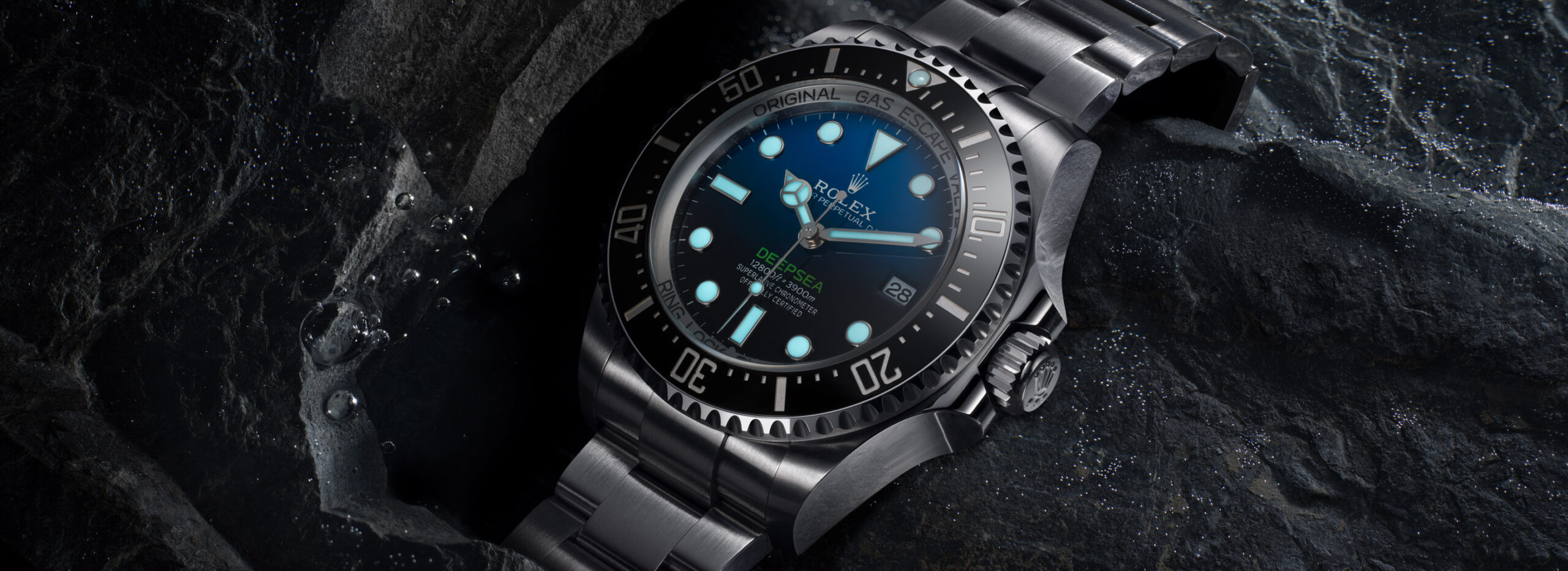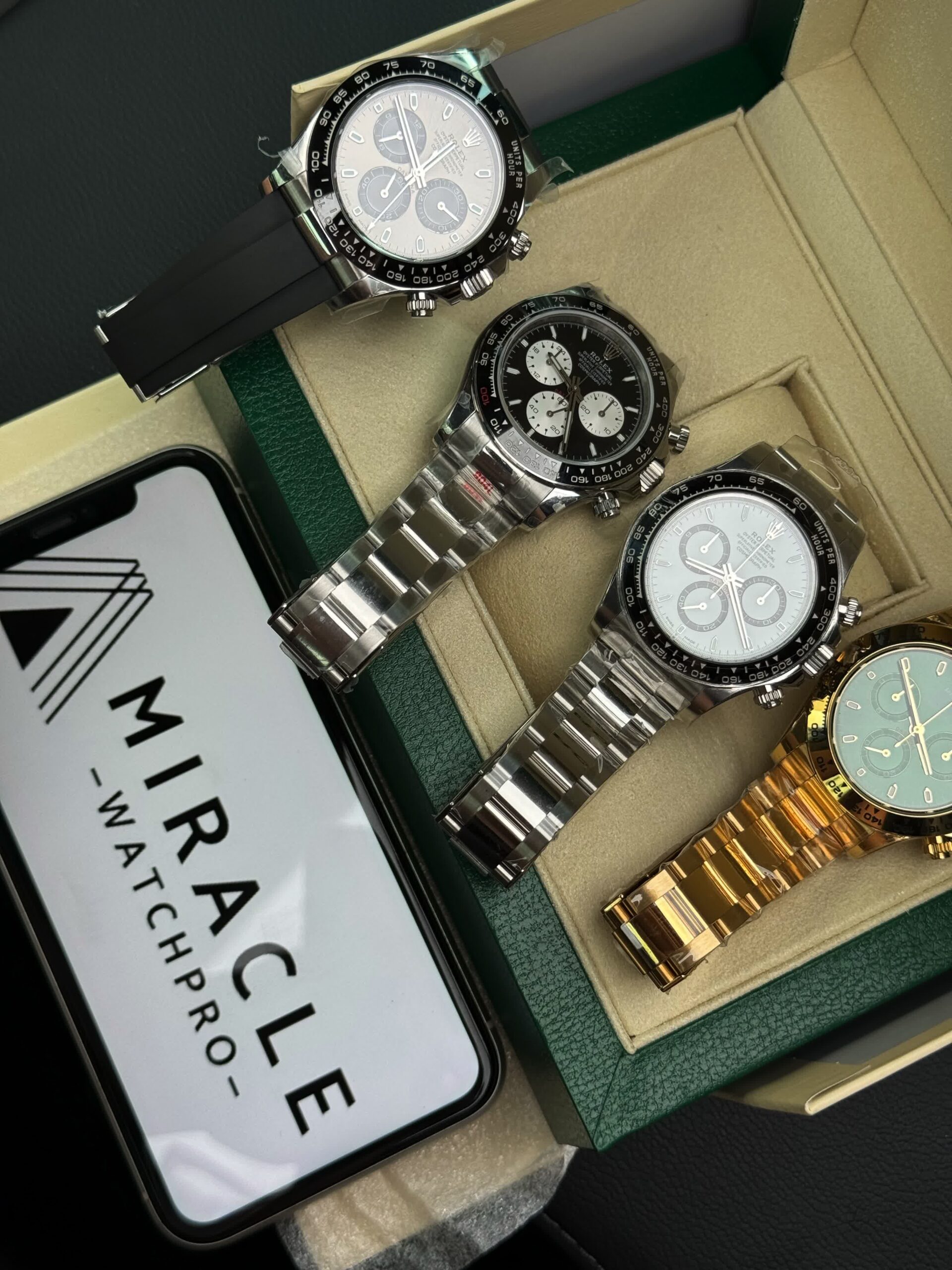
Waterproof doesn’t mean it can resist all kinds of water: Watches usually resist normal water but not steam or hot water. Even the top international watches can’t handle taking a hot bath or going to a sauna. The waterproof feature of a watch relies on the rubber gaskets at the crystal, back cover, and crown. The rubber gaskets expand and contract due to temperature changes and can separate from the metal parts, allowing steam to seep in through the gaps. If the fog isn’t dealt with properly, the watch can rust or get corroded, and in serious cases, the movement might be beyond repair.
The waterproof depth is theoretical:
The marked waterproof depth of a watch (like 30 meters, 100 meters, etc.) is only a theoretical value under specific conditions. Actions in water can increase the pressure on the watch, and this test is conducted in a simulator with static water pressure. For example, a 30-meter waterproof watch can’t be soaked in water or directly rinsed with water. It can only resist a small amount of splashes when washing hands or face and raindrops. A 50-meter waterproof watch can withstand rain and short swims in shallow waters. A 100-meter waterproof watch can be used for car washing, showering, and swimming and snorkeling in shallow areas, but it can’t be soaked in water. Watches with 200 or 300 meters of waterproof can be used for swimming and snorkeling, but it doesn’t mean you can go to the corresponding depths.
The waterproof performance isn’t permanent:
Over time and with wear and tear, the waterproof performance of the watch can be affected. For instance, the rubber gaskets for waterproofing can age and lose elasticity, creating gaps. The seals might corrode or deform. The case might get damaged. The crystal glass might loosen or break. Therefore, it’s necessary to regularly check and replace the waterproof rubber gaskets of the watch. Under normal wearing conditions, the rubber gaskets should be replaced about every two years.
Hot water environments accelerate aging:
The humid and hot environment in the bathroom can accelerate the aging of the waterproof rubber gaskets, increasing the risk of water entering the watch.
Improper operation can cause water ingress:
When wearing a watch, make sure the crown is closed and tightened if it has threads. Never open the crown to adjust the watch or wind it when it’s in water, and don’t operate the buttons of the chronograph underwater.
Not all watches are resistant to hot water:
Currently, there’s no watch that can truly resist hot water. Even professional diving watches are no exception. Because it’s waterproof but not steam-proof, hot steam can easily enter the case.

When buying and using a watch, you should understand its specific waterproof performance and applicable scenarios and follow the relevant precautions to avoid damage caused by water ingress. If the watch accidentally gets water inside, it’s recommended to send it for repair as soon as possible. Don’t trust some folk remedies online and try to handle it yourself.

